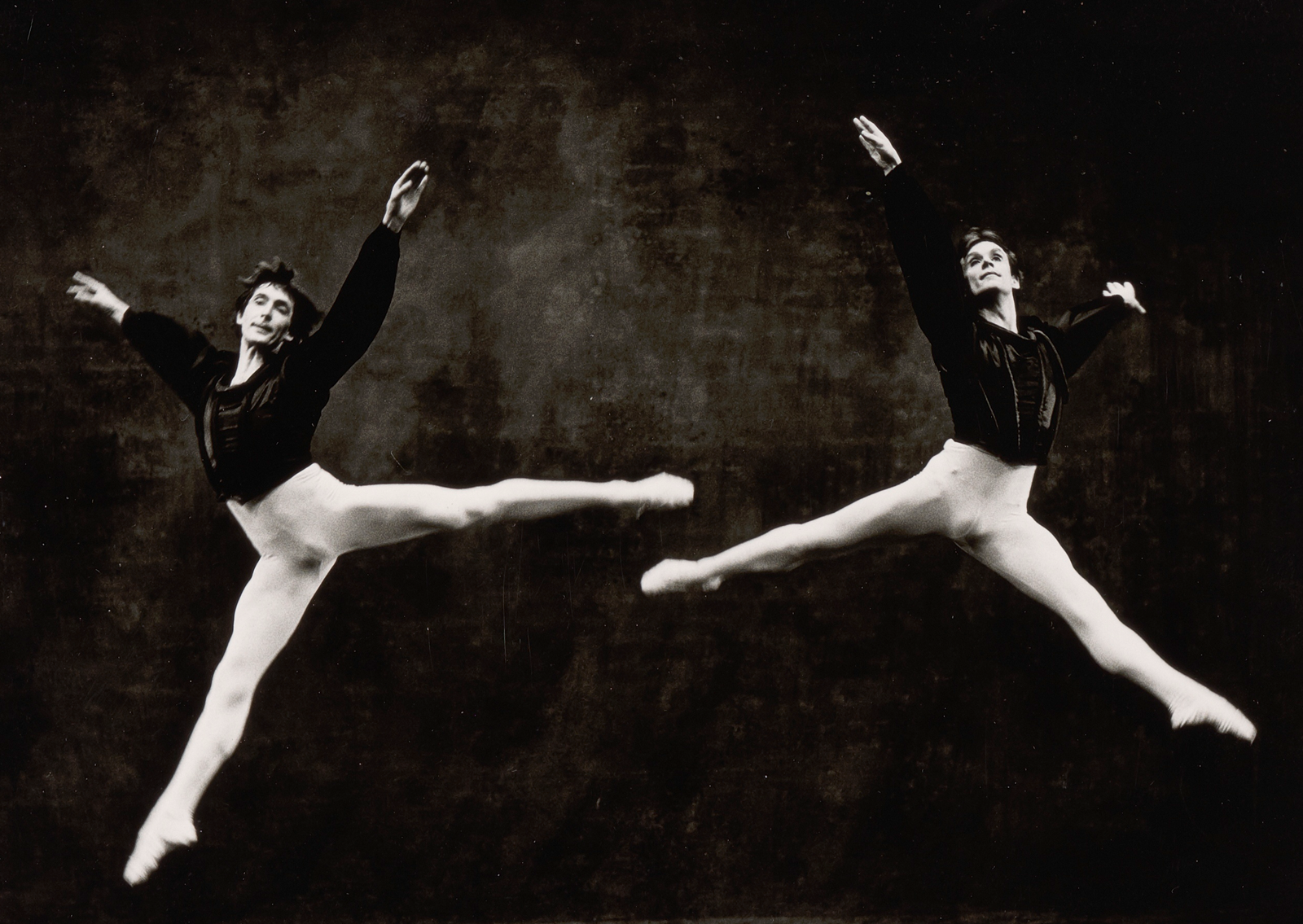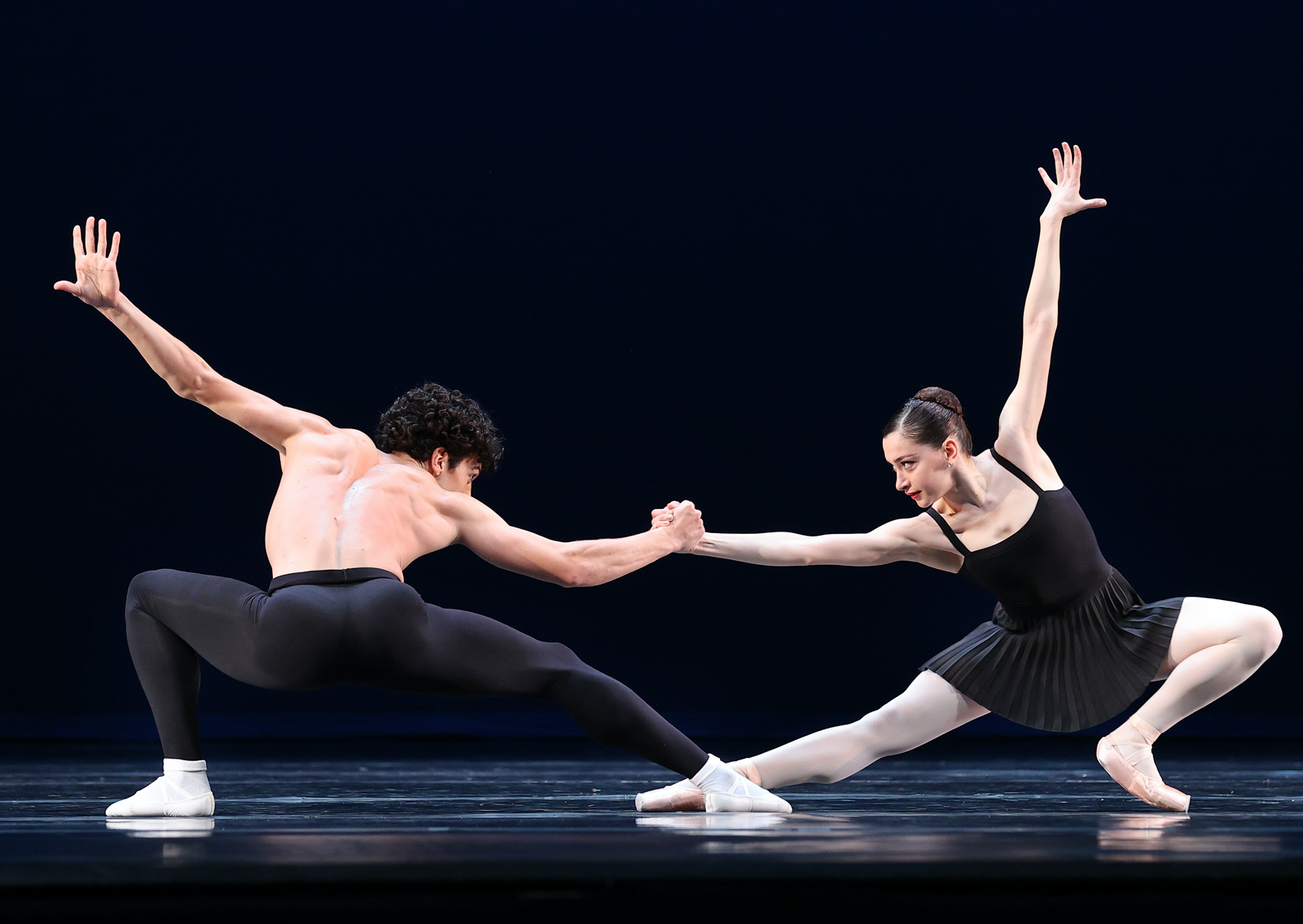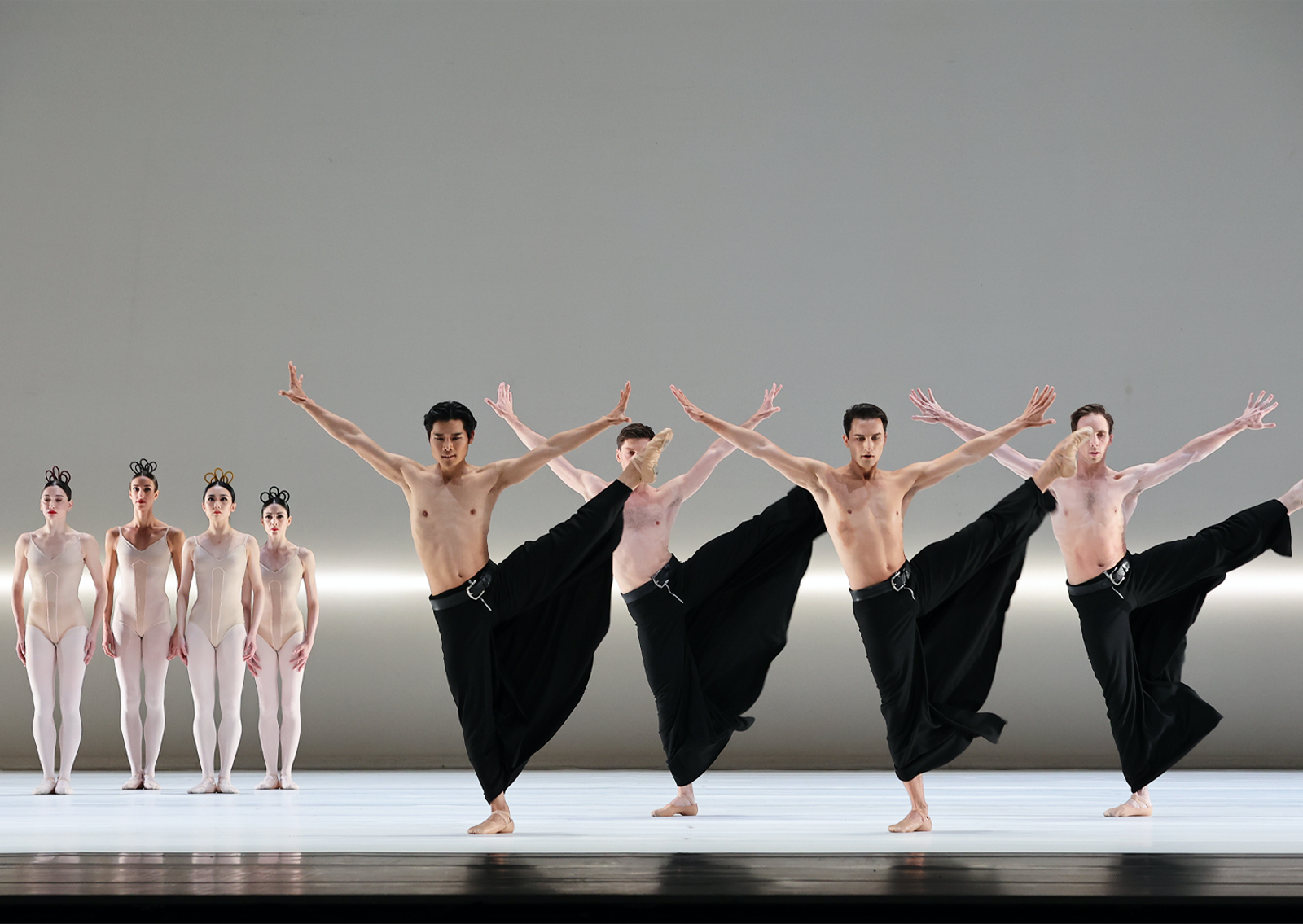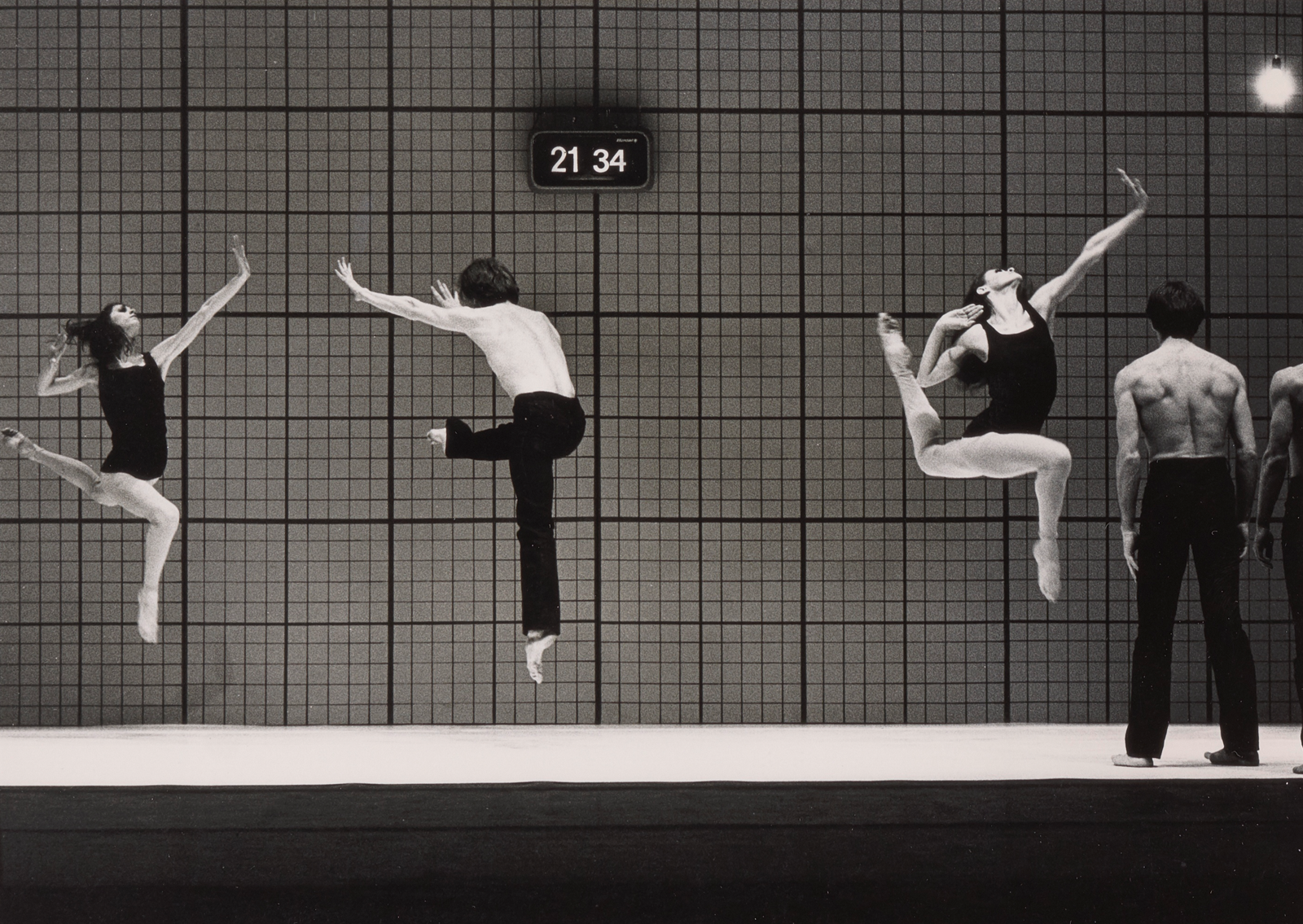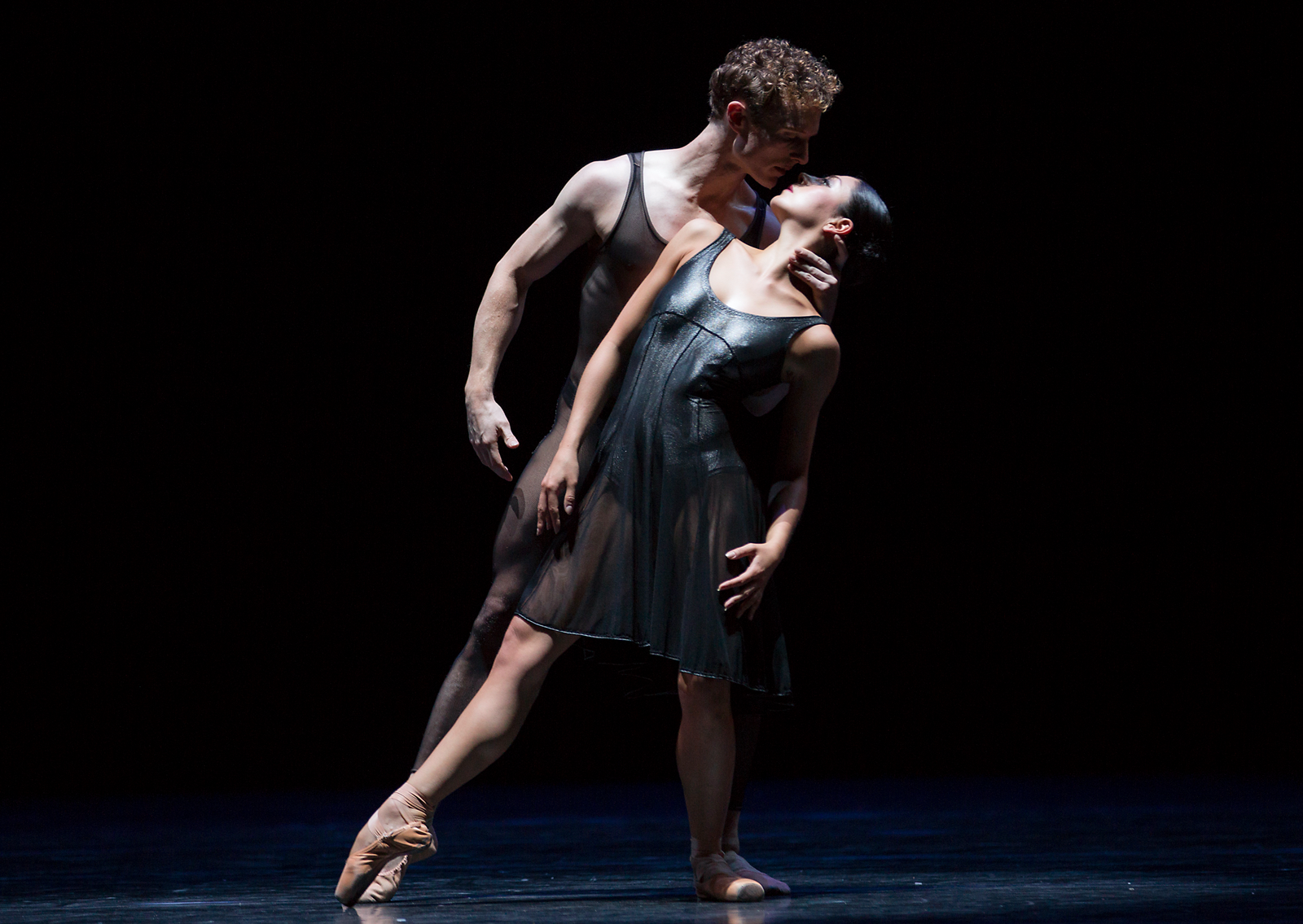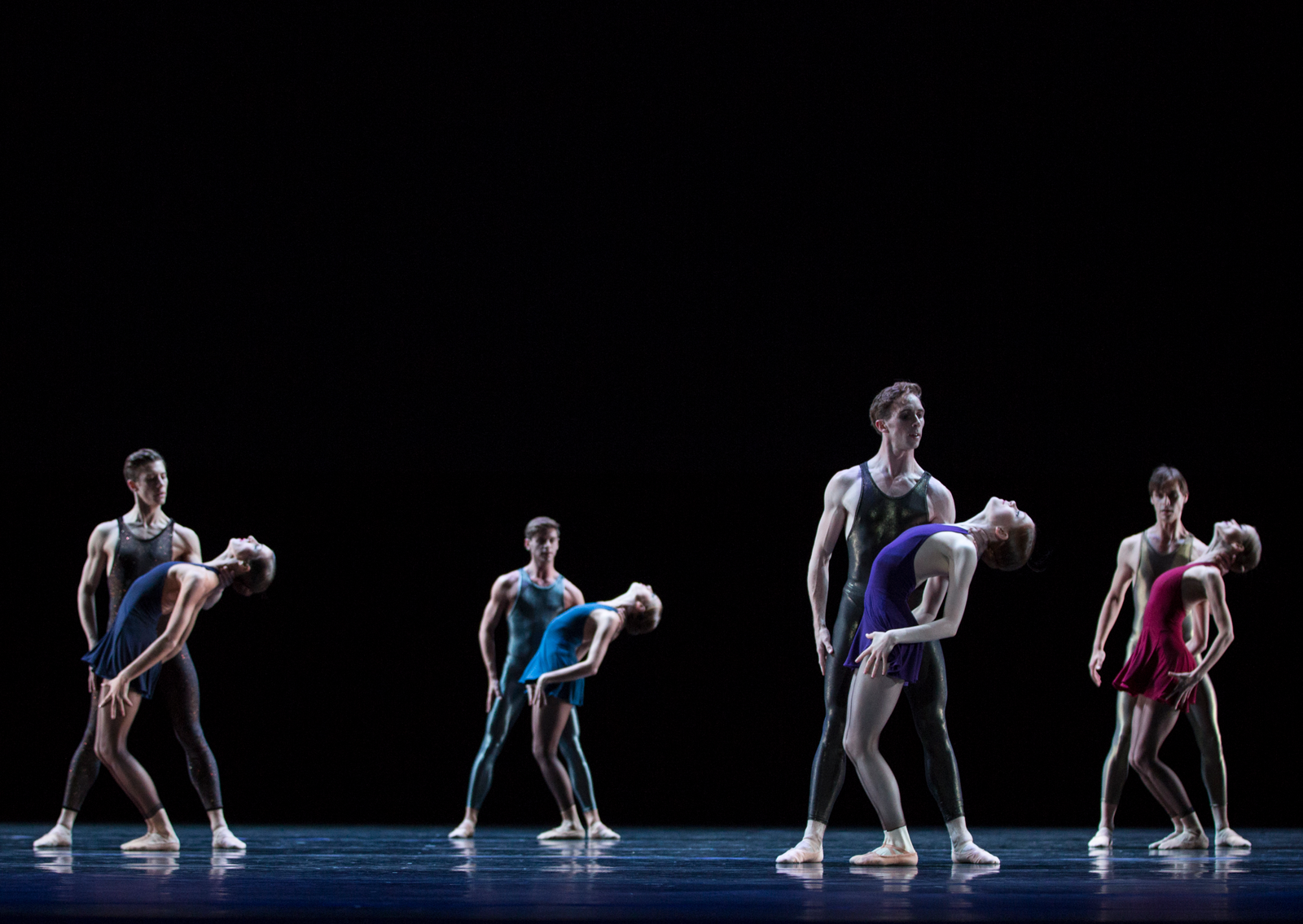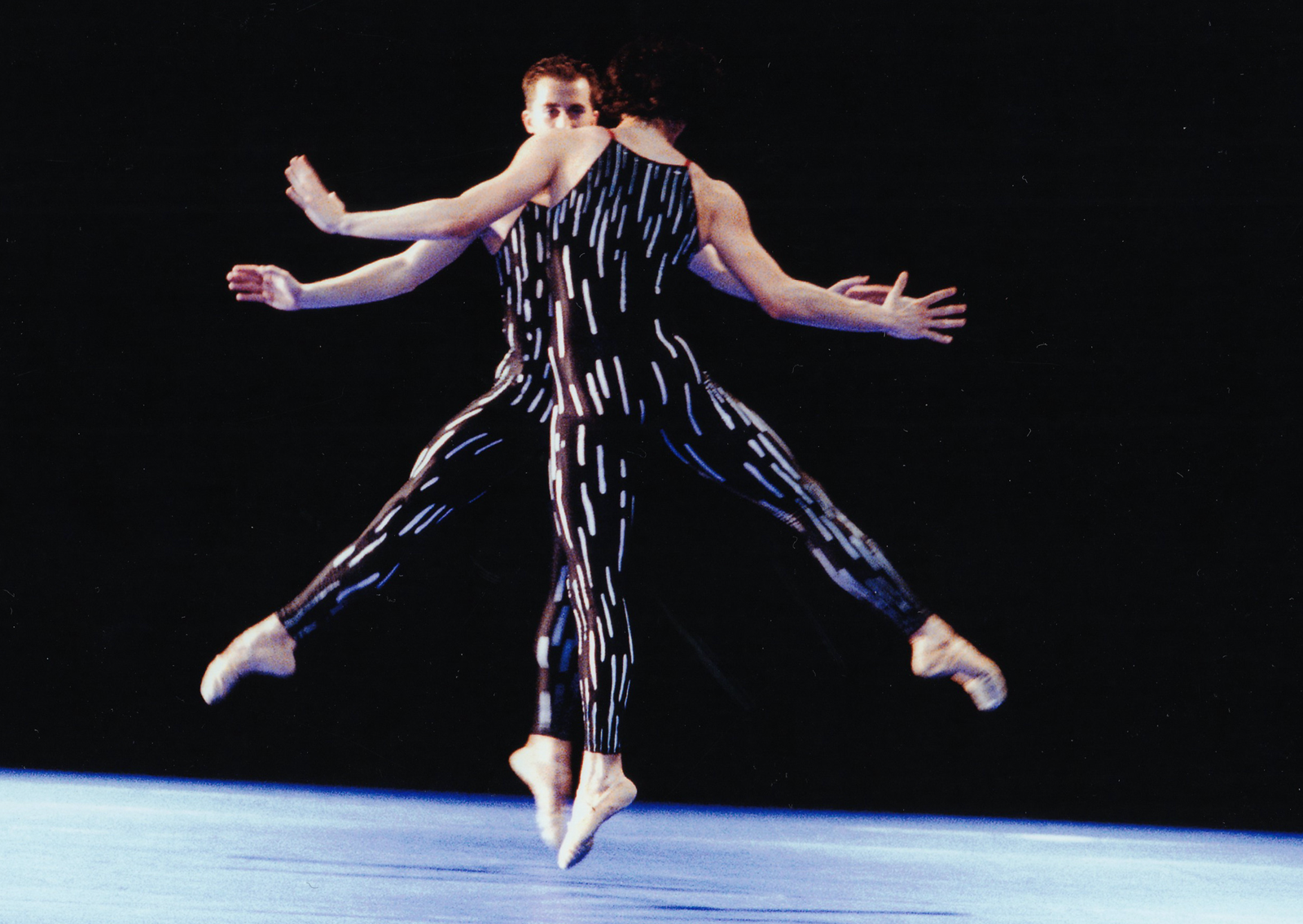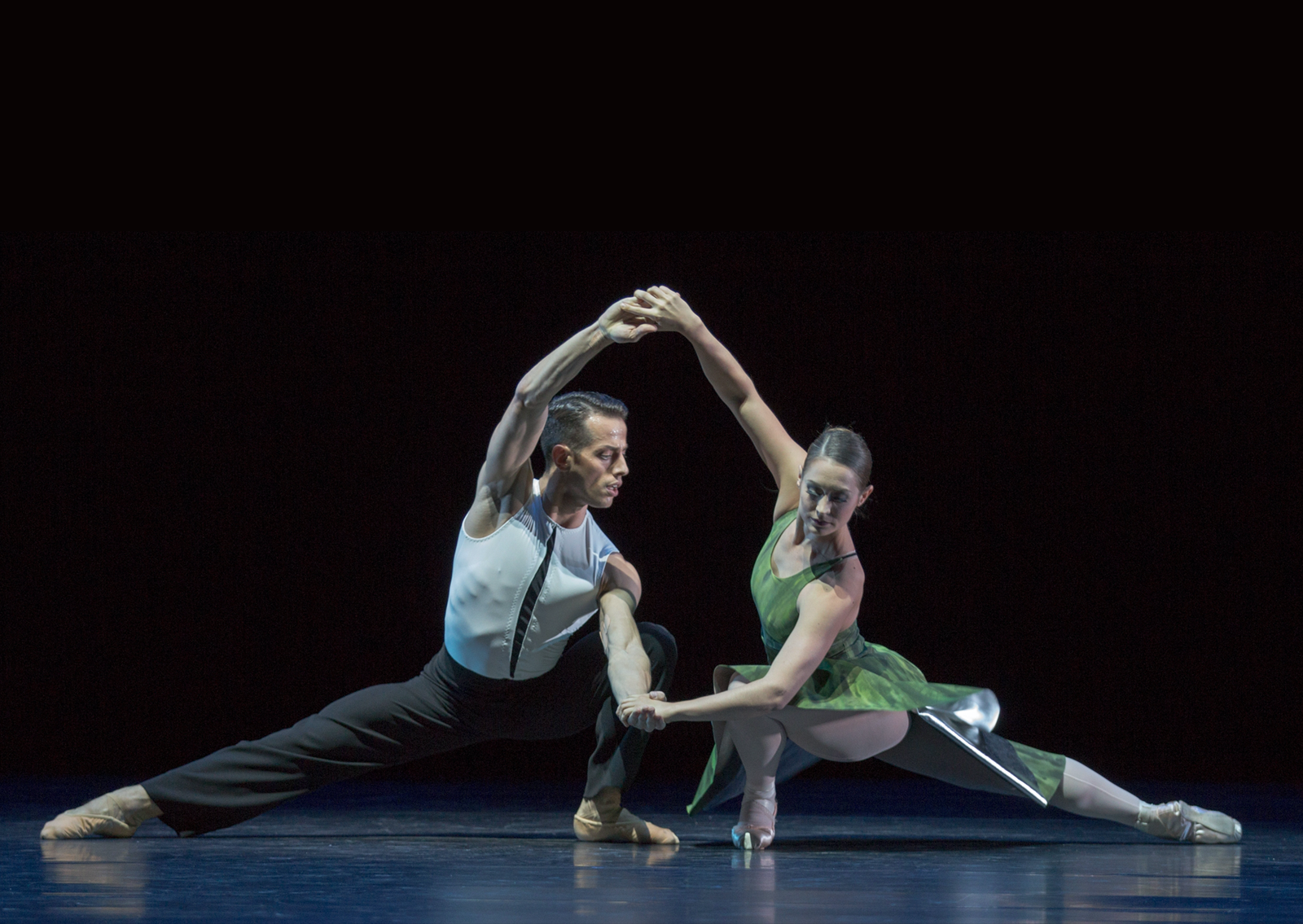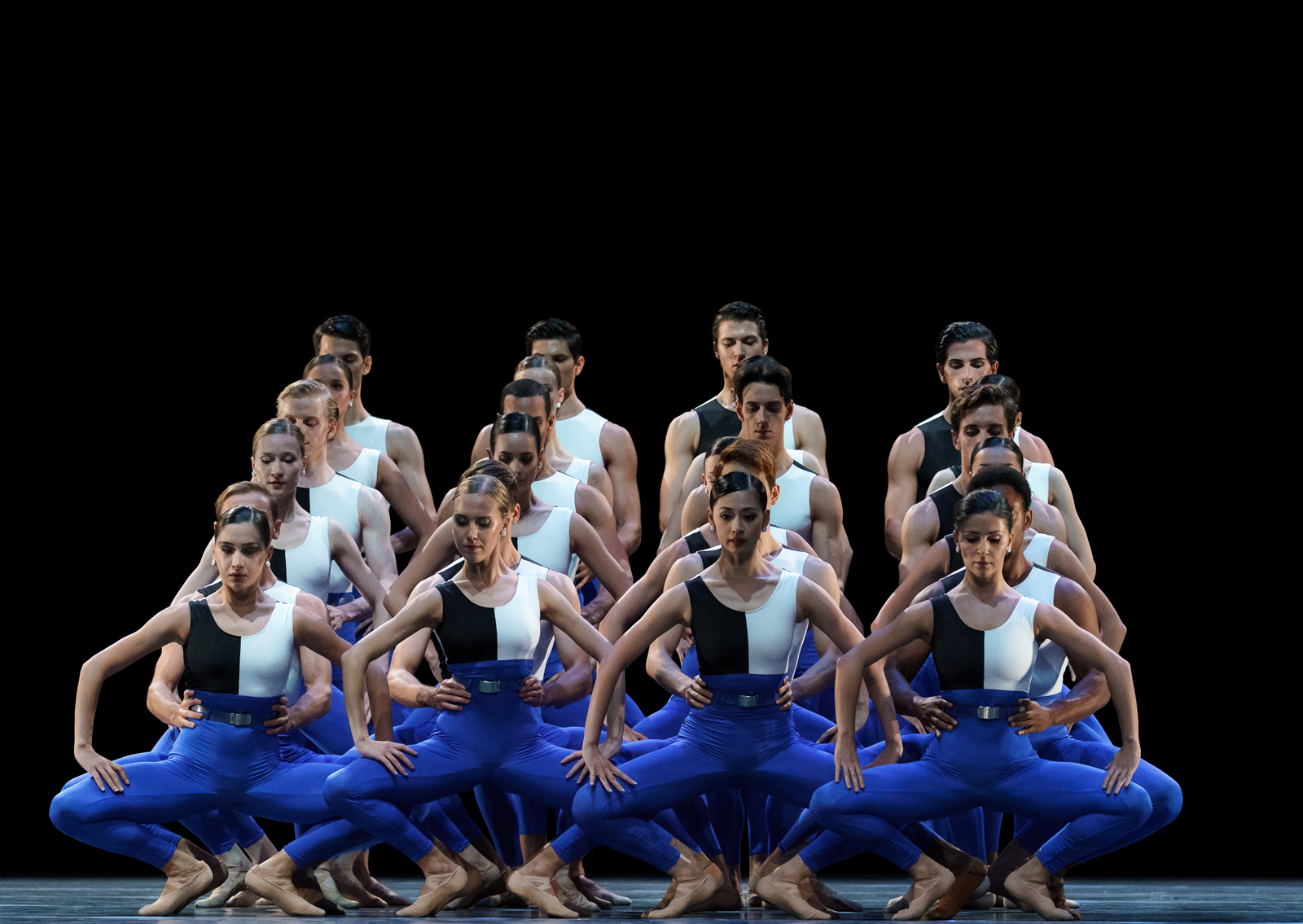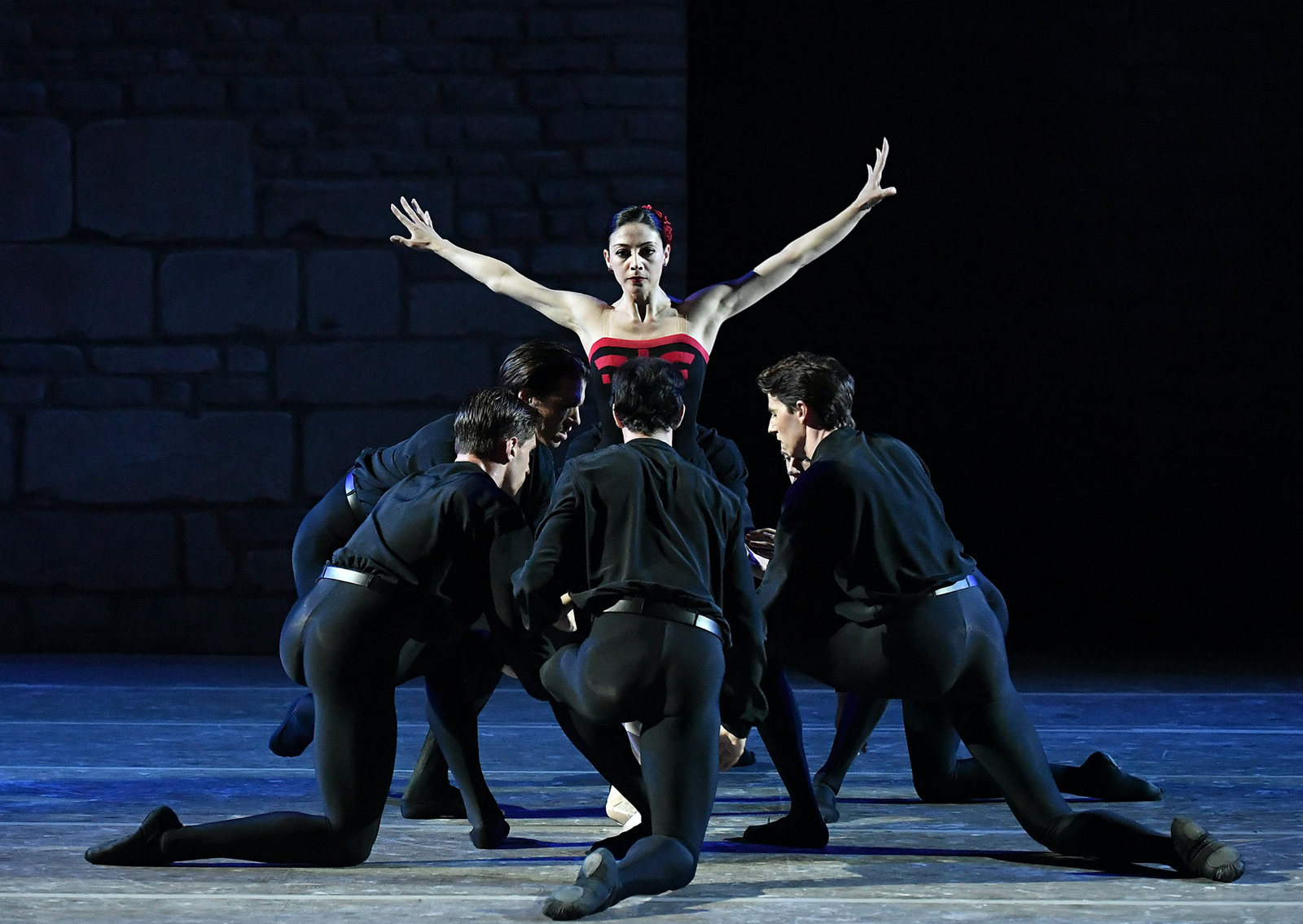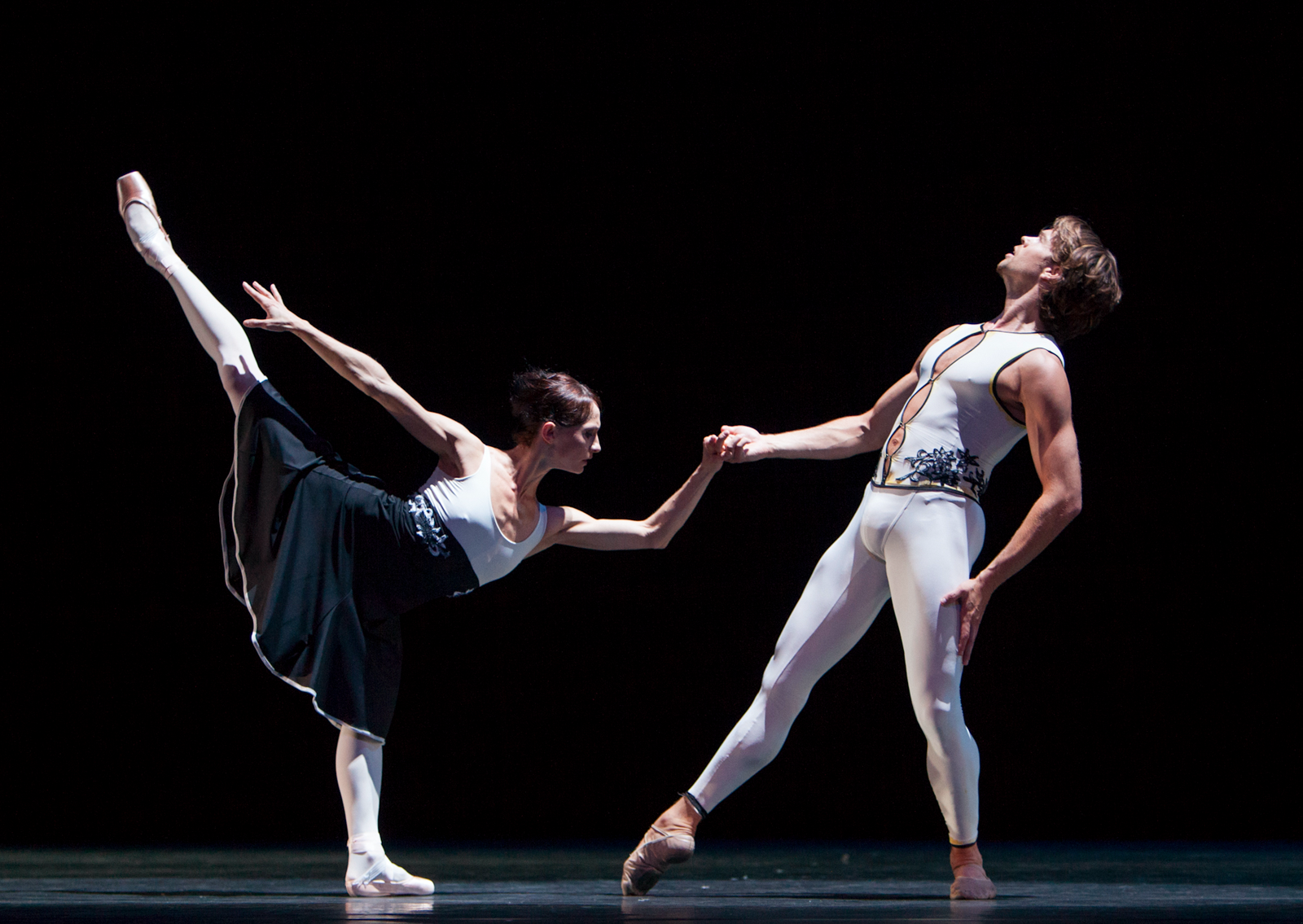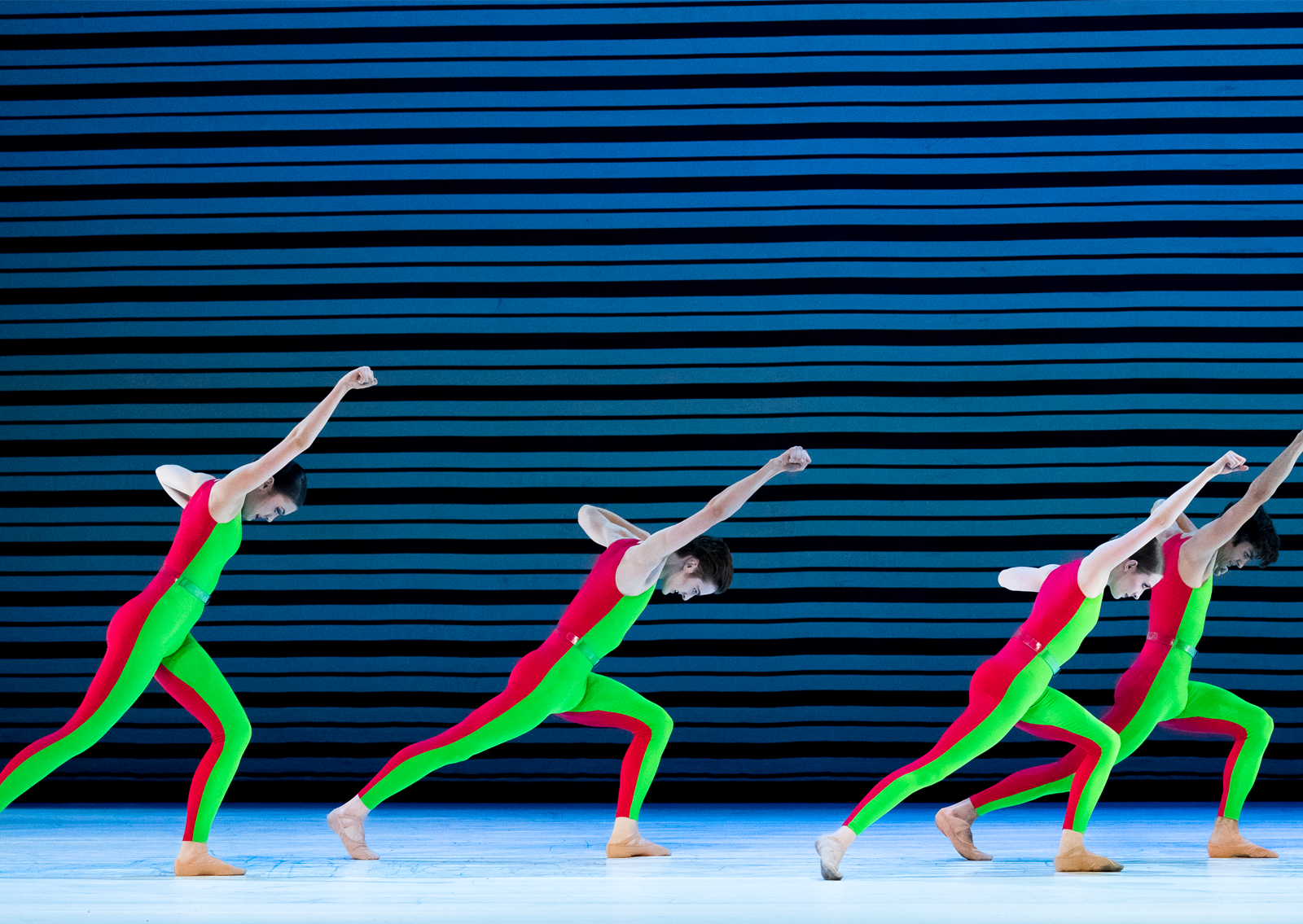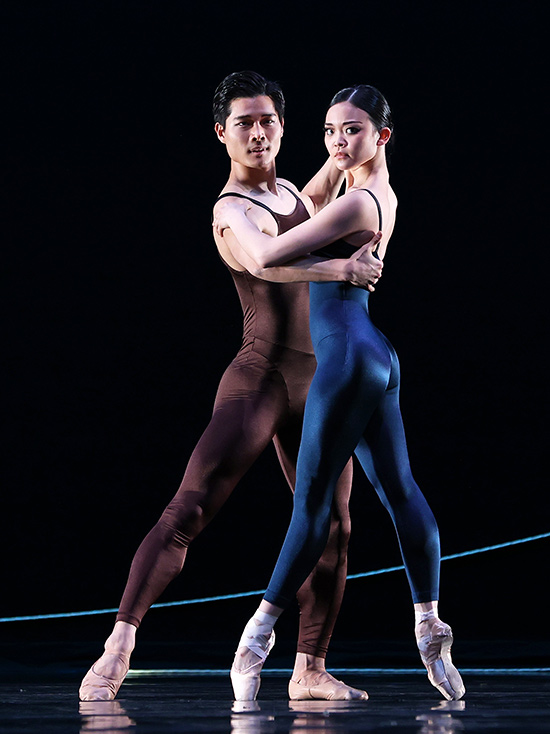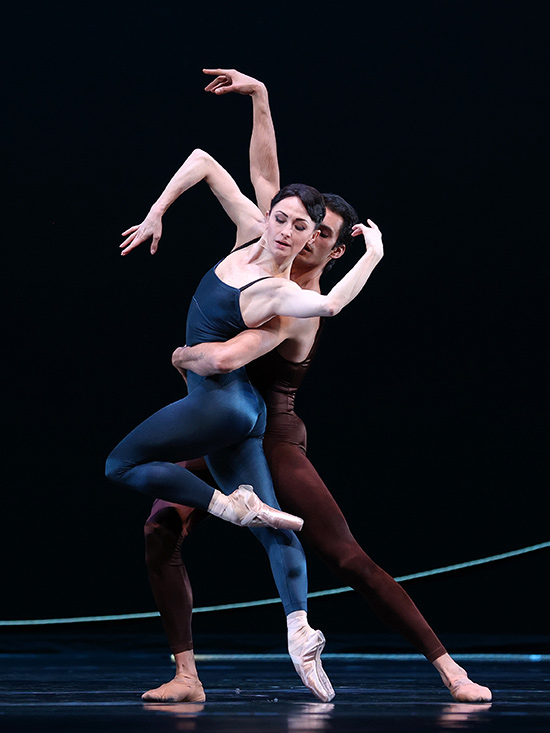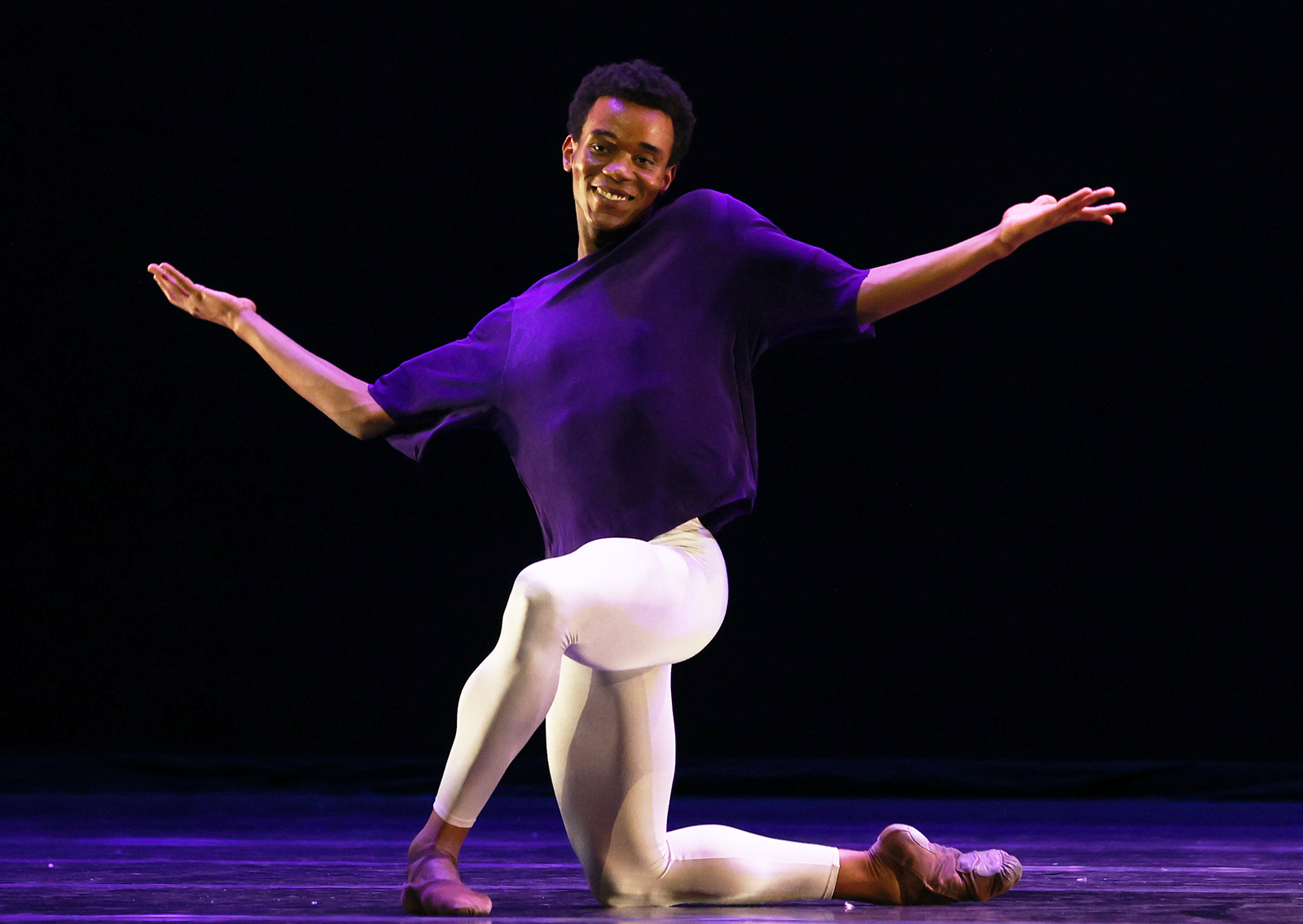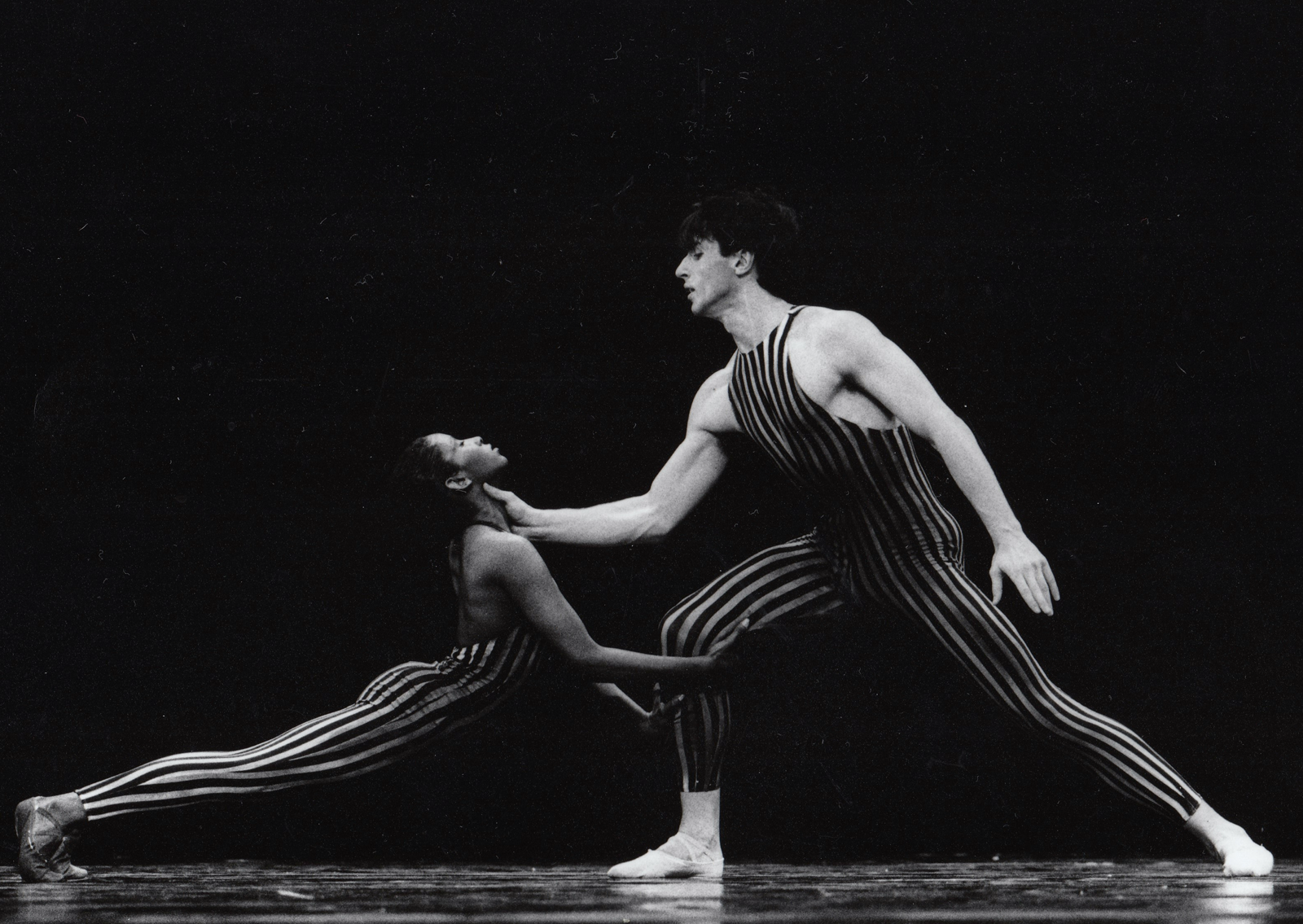Programmes Hans van Manen Festival
During the Hans van Manen Festival, 4 unique programmes with 19 groundbreaking pieces will be performed by different dance companies and ensembles. On this page, you will find an overview of all programmes and more information on the choreographies.
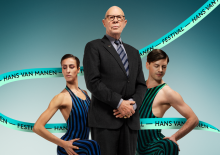
Hans van Manen Festival
In 2007, the Hans van Manen Festival, organised by Dutch National Ballet for the occasion of Van Manen’s seventy-fifth birthday, was the highlight of the theatre season. This summer, Van Manen will turn ninety, and once again the international dance world is coming together to pay homage to the grand master of Dutch ballet.
Programme I (could be seen until 11 June)
Metaforen, Sarcasmen, Frank Bridge Variations, Grosse Fuge (Dutch National Ballet)
-
Wednesday 8 June at 20.15
-
Friday 10 June at 20.15
-
Saturday June 11 at 20.15
Metaforen
Reflection and symmetry
Of all the ballets choreographed by Hans van Manen – totalling more than 150 – Metaforen (1965) is the oldest work still performed. Key elements in the ballet for twelve dancers are reflection, symmetry and, what was soon to become one of Van Manen’s trademarks, a refined interplay of lines.
Sarcasmen
Ironic game of attraction and rejection
Sarcasmen is one of Hans van Manen’s most famous and most often danced ‘ballets for two’. On the one hand, the two dancers try to maintain the pretence that they have no interest in each other whatsoever, and on the other everything they do is focused on their partner.
Frank Bridge Variations
Unity in contrasts
Frank Bridge Variations was the first work that Hans van Manen created for Dutch National Ballet on his return to the company in January 2005 as resident choreographer, a position he had previously held from 1973 to 1987.
Grosse Fuge
Cool, playful or with pent-up aggression
Immediately following its premiere in 1971, Hans van Manen’s Grosse Fuge was hailed as ‘the most interesting European ballet of the decade’. Although the work is now over fifty years old, it appears timeless and it is still Van Manen’s most often performed creation worldwide.
Programme II (was performed until 19 June)
Polish Pieces (Introdans), Trois gnossiennes (Dutch National Ballet), Situation (Nederlands Dans Theater 1), Two Pieces for HET (Dutch National Ballet), Two Gold Variations (Dutch National Ballet)
-
Wednesday 15 June at 20.15
-
Thursday 16 June at 20.15
-
Friday 17 June at 20.15
-
Sunday 19 June at 14.00
Polish Pieces
Colourful interplay of lines
Polish Pieces is undoubtedly one of Hans van Manen’s most lively and colourful works. To powerful, driving music by Henryk Mikolaj Górecki, twelve dancers take the stage in a fantastically clear interplay of lines, dressed in brightly coloured Lycra.
Trois gnossiennes
Temporary truce
Trois gnossiennes, to the music of the same name by Erik Satie, was originally the closing section of Hans van Manen’s Five Short Stories (1982). Like Sarcasmen, the piece was later included in the programme Piano Variations. In this cycle of five ballets, Van Manen was concerned, as always, with the often discordant relationships between people, and particularly between men and women.
Situation
At each other’s mercy
Whereas most of Van Manen’s ballets are set to sublime music, for Situation the choreographer deliberately opted for irritating sounds – a volley of gunshots, the roar of fighter jets, the whine of mosquitos – “because the whole ballet is about aggression and violence.”
Two Pieces for HET
From fifth to second gear
Two Pieces for HET is one of the highlights of Hans van Manen’s acclaimed series of ‘ballets for two’. Originally, the two pieces formed the second and third parts of Three Pieces for HET, the ballet with which Van Manen made his successful comeback with Dutch National Ballet in 1997, after ten years’ absence. Nowadays, the ballet is usually performed without the first part, which is choreographed for an ensemble.
Two Gold Variations
Increasingly heated dialogue
Two Gold Variations (1999) is one of the works that Hans van Manen originally created for Nederlands Dans Theater that were later taken into Dutch National Ballet’s repertoire. The ballet was inspired by two movements from Goldrush Concerto, by Jacob ter Veldhuis. “It’s music that swings like crazy, with incredibly wild, rhythmic sections and a succession of instruments that’s exceptionally interesting and inspiring.”
Programme III
Adagio Hammerklavier (Dutch National Ballet), Simple Things (Nederlands Dans Theater 2), Dances with Piano (Ballett am Rhein), Symphonieën der Nederlanden (Dutch National Ballet), 5 Tango’s (Dutch National Ballet)
-
Wednesday 22 June at 20.15
-
Thursday 23 June at 20.15
-
Friday 24 June at 20.15
-
Sunday 26 June at 14.00
Adagio Hammerklavier
An ode to deceleration
Adagio Hammerklavier (1973) marks the period in which Hans van Manen started to use classical pointework more often, and in this ‘timeless classic of twentieth-century dance’ he did so a way that was exceptionally lyrical for him.
Simple Things
Perfect cohesion between music and dance
Hans van Manen created the dynamic and wonderfully natural-looking quartet Simple Things in 2001, for the young dancers of NDT 2. The ballet opens with a virtuoso, playful and challenging male duet to a compelling Scarlatti sonata, arranged for two accordions. The women then join the men and the atmosphere becomes more elegant and serious.
Dances with Piano
Choreographic fireworks
Hans van Manen created Dances with Harp in 2014, for the programme Dutch Doubles, in close collaboration with harpist Remy van Kesteren. The two artists got together to select the four pieces of music, which Van Kesteren arranged especially for the occasion.
Symphonieën der Nederlanden
One big climax
Hans van Manen created Symphonieën der Nederlanden for the opening of Amsterdam Cultural Capital of Europe, in 1987. In view of the occasion, he thought it would be good to use music by a Dutch composer. “So I decided on Andriessen. The title alone was great, of course, and I was immediately taken by the music. Nice and jazzy and swingy, and driving and exciting.”
5 Tango’s
Unparalleled precision and rhythm
Hans van Manen first encountered the music of Astor Piazzolla in former West Berlin, at a dinner given by the dance critic Klaus Geitel. It was love at first sight. Van Manen absolutely had to choreograph a ballet to it!
Programme IV
Four Schumann Pieces (Wiener Staatsballett), In the Future (Junior Company), Variations for Two Couples (Dutch National Ballet), Solo (Stuttgarter Ballett), Concertante (Dutch National Ballet)
-
Tuesday 28 June at 20.15
-
Wednesday 29 June at 20.15
Four Schumann Pieces
Revolving around the man
When The Royal Ballet, in Britain, asked Hans van Manen to create a new work for the company in 1975, the choreographer immediately envisaged star dancer Anthony Dowell in the leading role. Because the new ballet was to revolve around the ‘ballerino’ for once, and not around ‘that eternal ballerina’.
In the Future
Sublime interplay of colours and bodies
Hans van Manen choreographed In the Future in 1986 for Scapino Ballet. The dynamic, swinging and exciting work has also been in the repertoire of the Junior Company since 2018. Keso Dekker’s costumes – with green fronts and red backs – play an important role in the ballet.
Variations for two couples
‘It really isn’t a competition’
Hans van Manen had already received a Benois de la Danse Lifetime Achievement Award when he was awarded a ‘Benois’ for best choreography for his ballet Variations for two couples, in the Bolshoi Theatre in Moscow, in 2013.
Solo
Whirling dance relay race
A masterpiece in seven minutes – that is Solo by Hans van Manen. Van Manen created the work in 1997 for three dancers from NDT 2, the junior group of Nederlands Dans Theater. It is a solo for three dancers, the choreographer explained at the time, because the punishing tempo of Bach’s Violin Partita means it can’t be danced by just one person.
Concertante
Something’s brewing, something’s bubbling
For some ballets, it can be difficult to find that one challenging and inspiring composition, but for Concertante Hans van Manen more or less bumped into Frank Martin’s Petite symphonie concertante. He was struck by the wonderful variety in the music, the compelling character that makes certain choices inevitable and the persistent rhythm.
